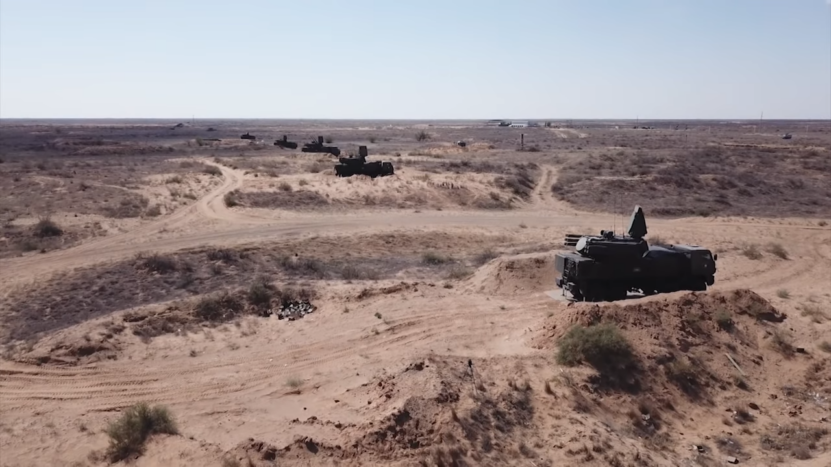The United States is deploying missile defense systems near Russia’s borders with the goal of obtaining the potential to deliver a surprise nuclear strike on Russia, First Deputy Chief of the Russian General Staff’s Main Operations Department Lt. Gen.Viktor Poznikhir said on Wednesday.
“The deployment of missile defense systems near our borders creates a powerful strike potential for the US enabling it to deliver a surprise [the attacked party won’t be able to strike in response] missile and nuclear strike on Russia,” the general told the Moscow Conference on International Security.

By developing the global missile defense system Washington also seeks to gain the potential to deliver such a strike without a response against any undesirable country, he noted.
In his report, the general explained that the US had developed a concept of pre-launch interception and planned to destroy intercontinental ballistic missiles of Russia, China and other countries while they are still in launchers. Those missiles, which will be able to blast off, are to be eliminated by missile defense systems.
The general warned the states, which now host or will host elements of the US missile shield, that these facilities will become priority targets for destruction. He also noted that using missile defense systems against missiles with nuclear warheads is linked to threats of a long radioactive contamination of the territory. “Therefore, the countries taking part in implementing the Pentagon’s anti-missile plans may suffer,” he explained.
Measures against the US global missile shield

Russia has taken adequate measures against the US global missile shield by creating Sarmat and Avangard weapons with the increased capabilities of breaching this system, according to Poznikhir.
As defensive and offensive armaments are being deployed near the Russian borders on a large scale, Russia has to take “adequate counter-measures,” the general stressed.
These measures were outlined in the addresses by Russian President Vladimir Putin to the Federal Assembly, he said.
“They, primarily, include arming the strategic offensive forces with cutting-edge missile systems with the increased capabilities of overcoming the missile shield, such as the Avangard and Sarmat weapons,” Poznikhir said.
The general recalled the Russian president’s words that Russia was not interested in the strategic arms race “and is urging the United States to return to the negotiating table for a constructive dialogue on the issues of missile defense and the search for mutually acceptable solutions.”
The Eighth Moscow Conference on International Security is being held on April 23-25. The agenda includes crucial issues related to international security, and the sides will exchange views on modern military dangers and threats, including improving the arms control system. The participants will also discuss the situation in the Middle East, Asia, Africa and Latin America. The defense ministers from at least 35 countries and more than 1,000 experts from over 100 countries are taking part in the event.

The Avangard is a strategic intercontinental ballistic missile system equipped with a hypersonic glide vehicle. According to open sources, the ‘breakthrough’ weapon was developed by the Research and Production Association of Machine-Building (the town of Reutov, the Moscow Region) and was tested from 2004. The glide vehicle is capable of flying at hypersonic speed in the dense layers of the atmosphere, maneuvering by its flight path and its altitude and breaching any anti-missile defense.
The new weapon was unveiled by Russian President Putin in his State of the Nation Address to the Federal Assembly on March 1 last year. Later, the Russian leader said that “the Avangard system is already in the process of its manufacture and has entered its serial production and in 2019 we are planning to deliver it to the Armed Forces.”
The RS-28 Sarmat is a Russian advanced silo-based system with a heavy liquid-propellant intercontinental ballistic missile. It has been in the process of its development since the 2000s to replace the R-36M2 Voyevoda ICBM.
It weighs about 200 tonnes and has a throw weight of around 10 tonnes. The Sarmat is capable of breaching any existing and future missile defenses.